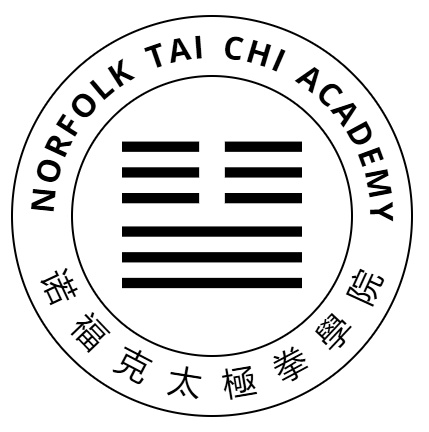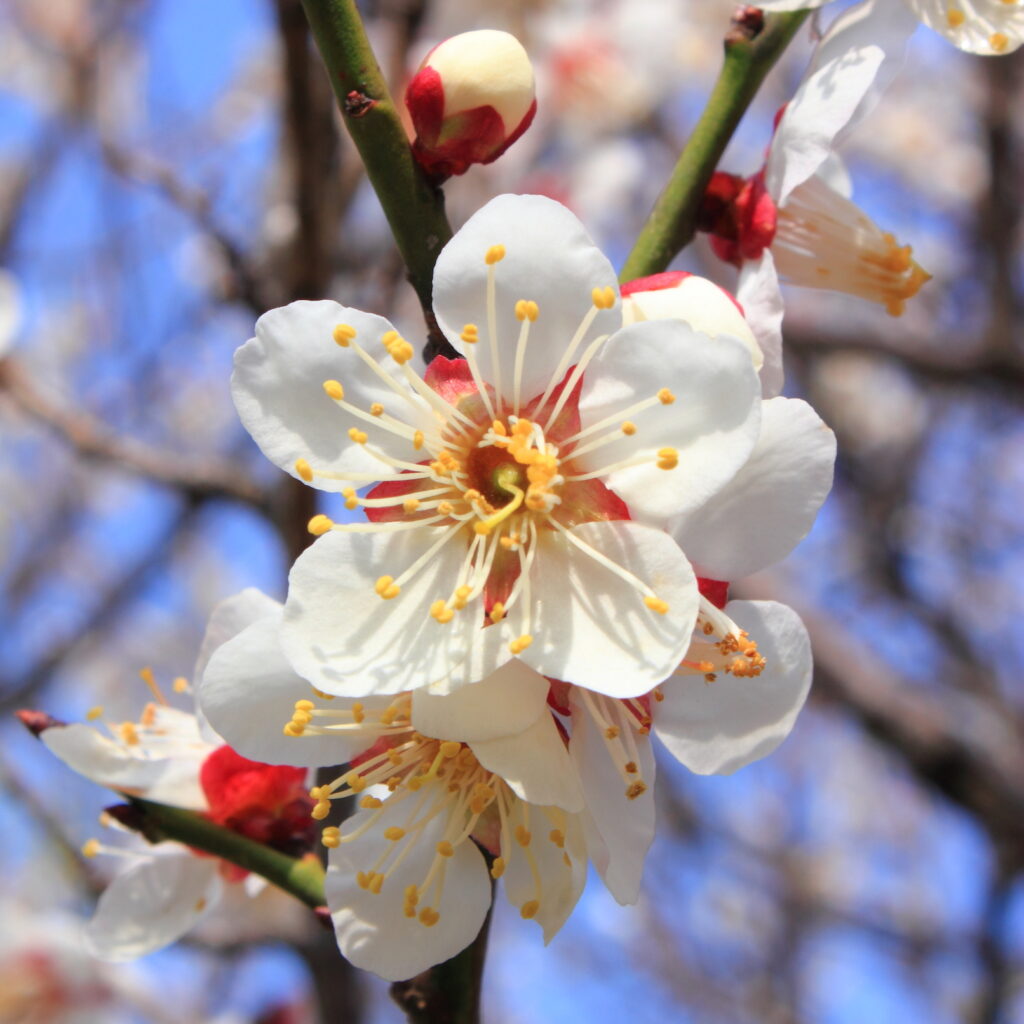 The movement 玉女穿梭, Fair Lady Weaves Shuttles literally describes the lady not as fair, but like jade. Jade refers to inner qualities as well as outer ones, and to describe a woman as like jade is to say that she has both beauty and grace. The character for jade, 玉 is very similar to the character for emperor, 王. Jade is a royal stone, known as the Stone of Heaven. It was more highly valued than gold (“Gold has a price; jade is priceless”) and was said to have mystical powers, such as the power to ward off evil.
The movement 玉女穿梭, Fair Lady Weaves Shuttles literally describes the lady not as fair, but like jade. Jade refers to inner qualities as well as outer ones, and to describe a woman as like jade is to say that she has both beauty and grace. The character for jade, 玉 is very similar to the character for emperor, 王. Jade is a royal stone, known as the Stone of Heaven. It was more highly valued than gold (“Gold has a price; jade is priceless”) and was said to have mystical powers, such as the power to ward off evil.
Two different gemstones are known as jade: jadeite and nephrite. Jadeite has the subtle green colours which we associate with jade today. The first jadeite arrived in China from Burma only in the 18th Century. The Qianlong emperor became fascinated, some might say obsessed with this material, importing tons of raw jade to be worked on by stone carvers and engravers (lapidaries) who often inscribed chinese characters directly onto the stone. The emperor’s collection is said to have run to a million objects!
Nephrite on the other hand has been known in China for thousands of years. It too was highly valued: imperial seals could be made from jade nephrite, but not those of court officials. When Qin Shi Huang unified China and established the Qin dynasty in 221 BC, a seal was carved from a sacred piece of jade nephrite called the Heshibi. The Heirloom Seal of the Realm served as the imperial Chinese seal for the next millennium, until it was lost; its possession was seen as a physical symbol of the Mandate of Heaven.


You can learn more about the Qianlong emperor (but not about jade) in an episode of Radio 4’s A History of the World in 100 Objects.
In the next post we’ll explore the famous Chinese story behind the name of the movement Fair Lady Weaves Shuttles.




